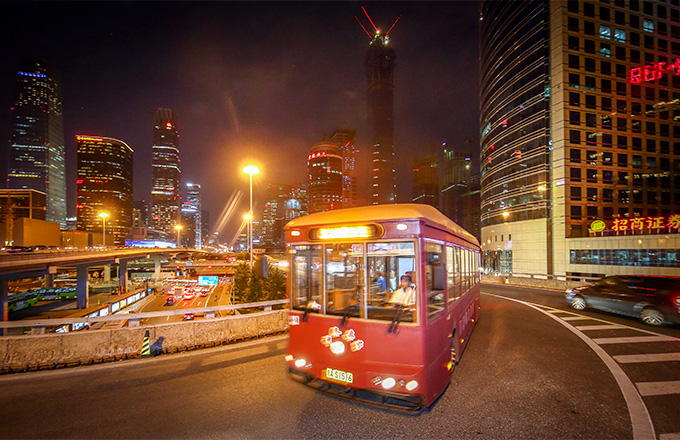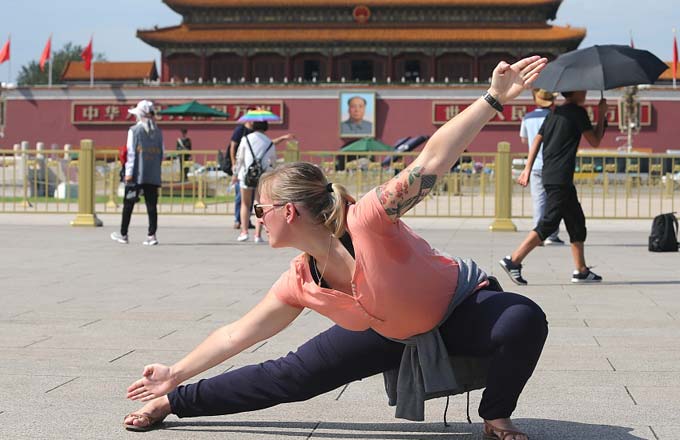China delivers promise on reforms
BEIJING - With top-level design and solid implementation, China has made significant progress in carrying out hundreds of reforms that have improved the country's economic and social outlook.
Thanks to environmental reform efforts implemented since 2013, the average annual density of fine particulate matter PM 2.5 dropped more than 30 percent in key development areas, indicating improved air quality.
Reform on government function has led to more than 600 administrative procedures being canceled or streamlined, while corporate burdens were cut by 2 trillion yuan (about $300 billion).
The country's State-owned enterprises (SOEs) have also seen their efficiency improved through corporate governance reform, reporting higher profits this year after most of them were restructured into limited companies.
The accomplishments were in part a result of top-level design coupled with grassroots-level implementation. Since China identified key areas of reforms at the third plenary session of the 18th Communist Party of China Central Committee, officials have gathered regularly to review reform progress and make further plans.
Since early 2014, the Central Leading Group for Deepening Overall Reform has held 37 meetings, laying out reform blueprints in every field, from the education system to the soccer industry.
In 2016, the central leading group has reviewed and approved 46 key documents, and rolled out 419 reform plans in various realms.
While such a top-down mechanism offered a holistic approach in reform planning, local inspections and constant reviews have helped with the implementation.
The central government has exercised "zero tolerance" toward environmental violations, punishing thousands of officials in nationwide inspections.
During the last round of inspections into seven provincial areas, China held over 4,660 officials accountable for poor environmental protection work.
Such inspections will help overcome obstacles encountered in the enforcement of reforms, such as misconduct or dereliction of duty by local officials, said Wang Yukai, a professor with the Chinese Academy of Governance.
While tougher measures were taken to encourage good practices, the central government is also "looking back" on reform plans already rolled out and making proper adjustments according to reform progress.
For example, pilot projects that had proved inefficient have been canceled or merged, with only 1,596 projects left from the previous 3,169.
"Reform is a dynamic process which requires quick response to new conditions," said Qiu Haiping, a professor at the School of Economics at Renmin University.
"By regularly 'looking back,' China can keep its reform on the right track," Qiu said.
Experts have regarded 2017 as a key year for the country to move a step further on reforms. China has set a goal to restructure all central SOEs into limited corporations by the end of the year and complete environmental inspections of 31 provincial areas.
According to the Ministry of Environmental Protection, some of the eight inspection teams have already started month-long on-site investigations covering the last eight provincial-level areas, including Jilin, Zhejiang and Shandong provinces.
As reforms have entered a "deep-water zone" and many easier tasks have already been accomplished, officials should make more efforts to "shoulder the hardest burden," experts said.
"China's reforms have come to a stage where the leftovers are the 'hardest bones,'" said Wang.
"As we come to the later stage, there will be more risks and more bumps in the road. We must take our courage and wisdom to push the reforms forward," Wang said.





















